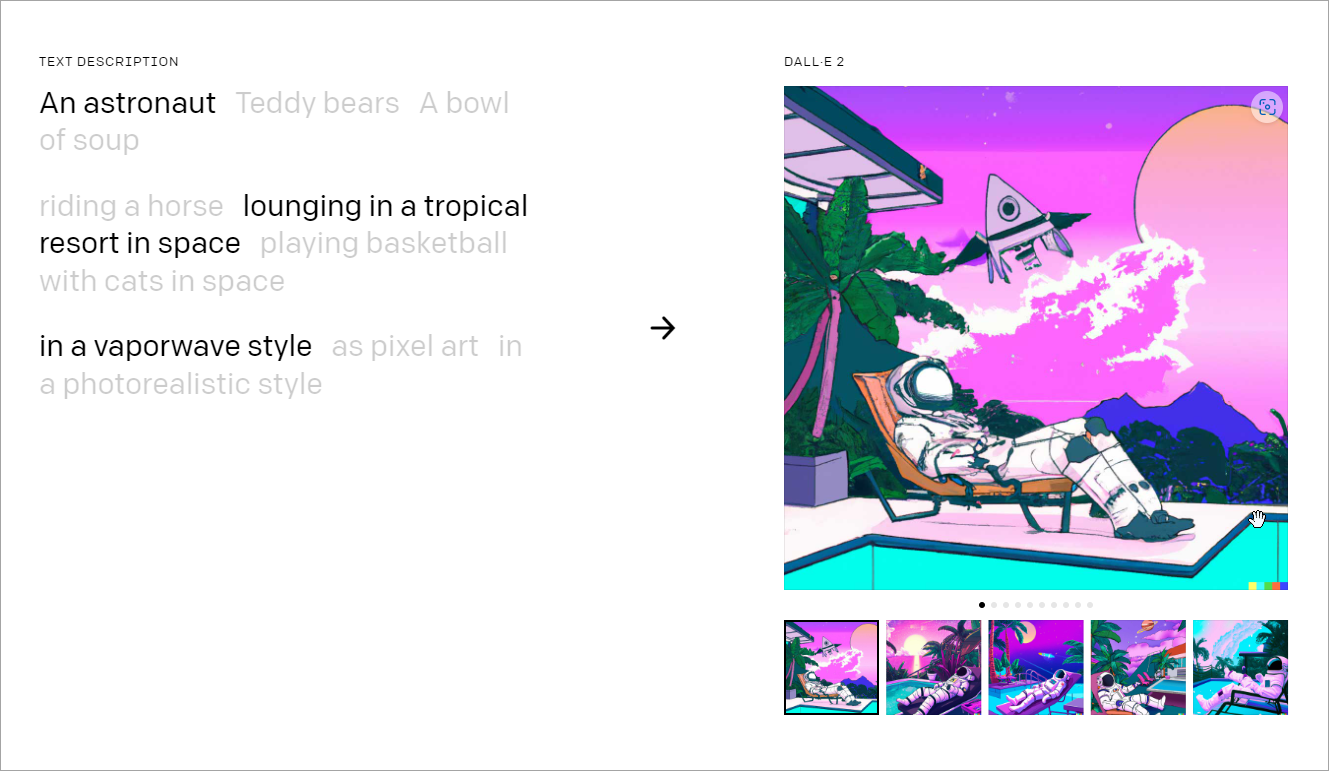Technology
DALL·E 2 is a new AI system that can create realistic images and art from a description in natural language.
See at DALL·E 2 (openai.com)
The recovery time objective (RTO) is the maximum tolerable length of time that a computer, system, network, or application can be down after a failure or disaster occurs.
Recovery time objective (RTO) is a key metric that helps you to calculate how quickly a system or application needs to be recovered after downtime so there is no significant impact on the business operations. In short, RTO is the measure of how much downtime you can tolerate.
The recovery time objective is about having policies and technologies in place that enable an organization to recover within a certain duration of time.
A recovery point objective (RPO) is the maximum acceptable amount of data loss measured in time. It is the age of the files or data in backup storage required to resume normal operations if a computer system or network failure occurs.
An RPOs determines the maximum age of the data or files in backup storage needed to be able to meet the objective specified by the RPO, should a network or computer system failure occur.
- .NET
- Agile
- AI
- ASP.NET Core
- Azure
- C#
- Cloud Computing
- CSS
- EF Core
- HTML
- JavaScript
- Microsoft Entra
- PowerShell
- Quotes
- React
- Security
- Software Development
- SQL
- Technology
- Testing
- Visual Studio
- Windows


